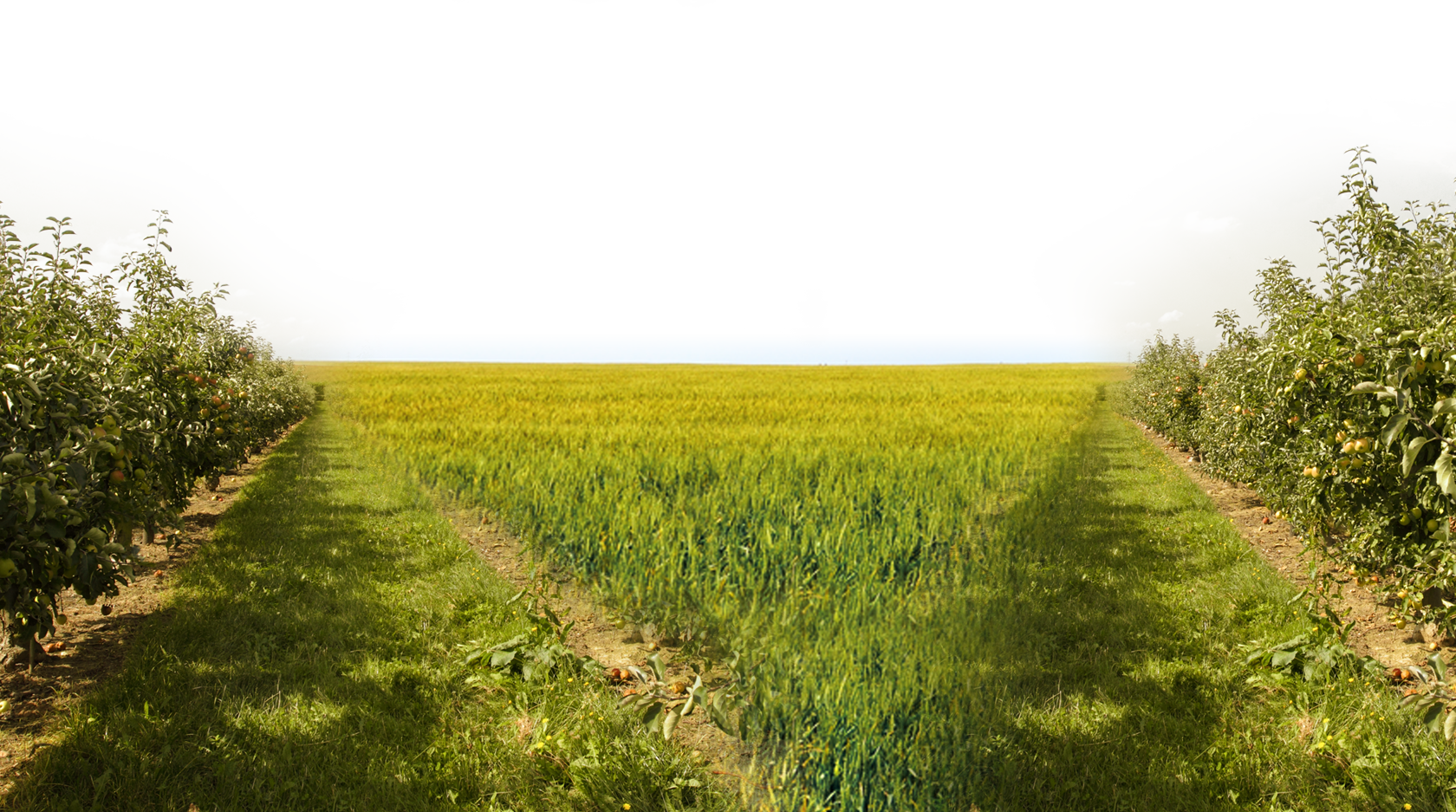
Cilantro and coriander – often confused, but both amazing!
By Linda Bonvie | 0 Comments | Posted 06/22/2014
You may know it as cilantro, the stuff of salsa.
But others call it coriander (including all of those in the U.K). Sometimes, folks will just call it Mexican parsley, and it even has been called Chinese parsley!
And to further mix things up, this herb produces two very distinct ingredients that are used in different kinds of dishes.
Both of those ingredients, by the way, are super nutritious. One has even been studied as a possible treatment for dementia!
But first, let’s unravel the mystery of cilantro.
The fancy Latin name for the herb is Coriandrum sativum, so you can see where coriander comes from. But here in the U.S., we refer to the “parsley” part, the leaves of the herb, as cilantro (which is Spanish for coriander). In England they just call it coriander.
Cilantro looks like parsley, but that’s where any similarity ends. It has a completely different taste, which some call “savory” and others soapy (which doesn’t sound very appetizing!).
But where cilantro is concerned, you either love it or hate it — there’s no middle ground. I’m in the “love it” camp, and use cilantro in a lot of dishes besides salsa. You can find it as a dried herb, or in season, in fresh bunches, just like parsley. It’s also a really easy-to-grow addition to any herb garden.
I add it to seafood (especially scallops and shrimp), noodle bowl dishes, anything with corn in it, and sweet potato recipes.
Cilantro is super-high in antioxidants and minerals like potassium, calcium and magnesium. It also contains loads of fiber.
Now coriander is the part of the plant you get when cilantro “goes to seed.”
And these brown, little round seeds are the stuff of culinary magic!
They have a warm, slightly spicy, citrus-like taste to them and can be used in dips, relishes, curries, meat dishes, seafood, rice, and veggies creations.
I like to buy coriander seeds whole and grind them, but you can also easily find them already ground and ready to use.
Coriander is not only popular around the world as a recipe ingredient, but its use goes way, way back in time — as both a spice and a medicinal.
And recently, researchers in Egypt found that by feeding rats who had Alzheimer’s disease an extract made from the coriander seed, they were able to significantly restore their brain function. So perhaps this unassuming little brown seed will help unravel the secret to treating this disease.
But there’s no doubt right now that both cilantro and coriander can add an amazing taste and a big nutritional boost to most any dish you’re making!


 Contact us
Contact us



























